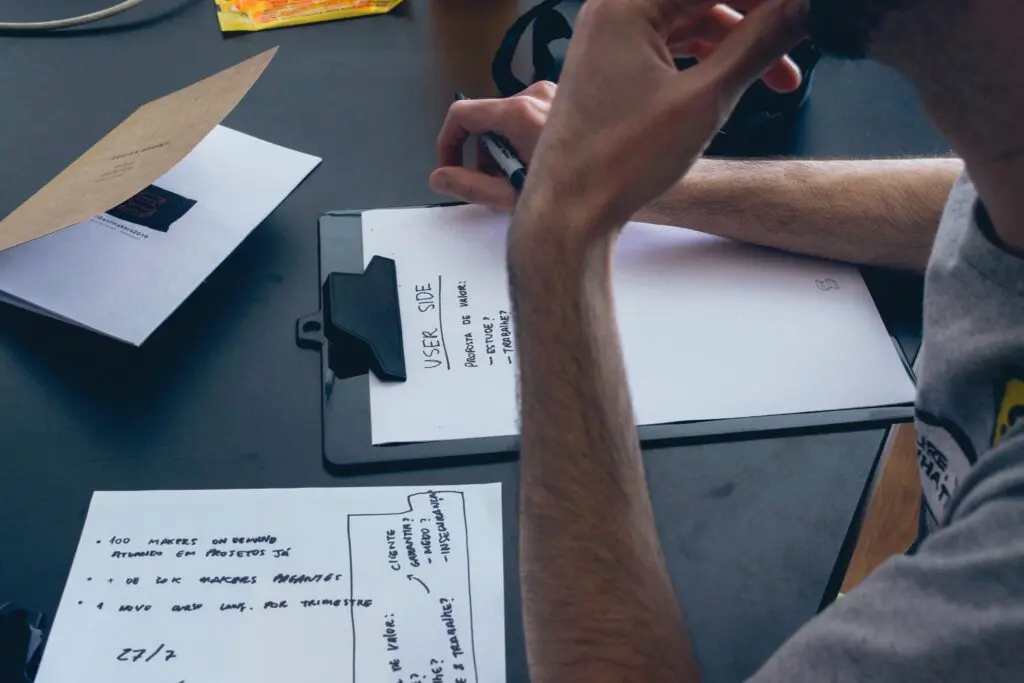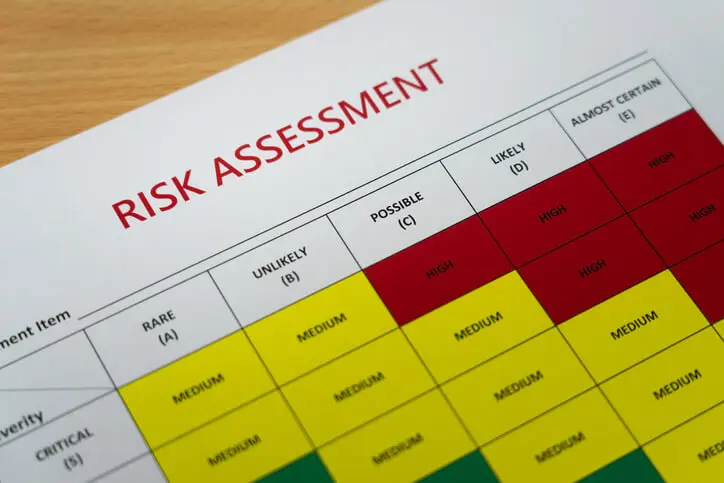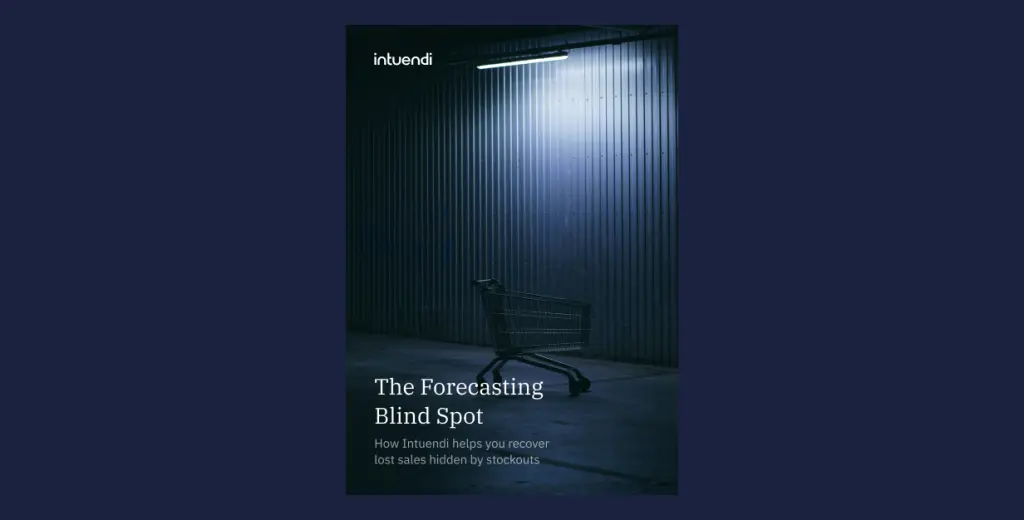That sinking feeling when a customer wants a product that’s out of stock is matched only by the sight of a warehouse full of items nobody wants to buy. Both scenarios are costly, frustrating, and, in many cases, avoidable. They are symptoms of a disconnect between what you have and what your customers need. Bridging that gap is the core function of demand forecasting, a process that transforms guesswork into a strategic advantage, ensuring your supply chain isn’t just reacting to the market, but anticipating it.
What Is Demand Forecasting in the Supply Chain?
At its heart, demand forecasting is the process of estimating future customer demand. It’s a detailed look into the future, using a combination of historical data and market intelligence to predict not just how much of a product will be sold, but also where and when the demand will occur. This is far more than simple sales prediction. While a sales forecast might look at revenue targets, demand forecasting is focused on the granular details of units, product families, and locations.
Understanding this process requires grasping a fundamental concept: the difference between a forecast and a plan. A forecast is the prediction, the calculated estimate of what is likely to happen. A plan, on the other hand, is the set of actions you take based on that prediction, such as adjusting production schedules, ordering raw materials, or allocating inventory. A good forecast is the foundation of a solid plan.
Why Is Accurate Demand Forecasting Crucial for Your Supply Chain?
Accurate demand forecasting is not just a “nice-to-have”; it’s the engine that drives supply chain efficiency and profitability. When you can reliably anticipate customer needs, a cascade of positive effects is set in motion across your entire operation. The most significant benefit is achieving optimized inventory levels. This means avoiding the dual pitfalls of stockouts, which lead to lost sales and disappointed customers, and overstocking, which ties up capital and increases holding costs for unsold goods.
The impact extends far beyond the warehouse. With a clear view of future demand, you can implement better production planning, creating smoother, more efficient manufacturing cycles. Operational costs are reduced across the board, from warehousing to transportation, as you are moving and storing only what is necessary. Ultimately, this all leads to the most important outcome: improved customer satisfaction. Having the right product in the right place at the right time is a cornerstone of a positive customer experience and builds long-term loyalty.
Demand Forecasting Methods and Techniques
There is no single, perfect way to predict the future. The best approach often depends on your industry, product lifecycle, and data availability. For this reason, companies utilize several different approaches to demand forecasting, which are broadly categorized as qualitative and quantitative.
Qualitative Forecasting Methods
When historical data is scarce or irrelevant, such as when launching a new product, qualitative methods come to the forefront. These techniques are more subjective and rely on human expertise and judgment. They include methods like market research, where you gather insights directly from customer surveys and focus groups, or leveraging the expert opinion of seasoned sales representatives and industry analysts. Another structured approach is the Delphi Method, which consolidates the views of a panel of experts through several rounds of anonymous questionnaires to build a consensus forecast.
Quantitative Forecasting Methods
When you have a wealth of historical data, quantitative methods provide a statistical foundation for your predictions. These models assume that past patterns will continue into the future.
The most common category is time series analysis, which analyzes historical data points sequenced over time to identify trends, seasonal patterns, and cycles. Models like Moving Averages, Exponential Smoothing, and the more complex ARIMA are all part of this family. Another powerful quantitative approach involves Causal Models. These are more sophisticated, as they aim to identify the underlying factors, or “causes,” that influence demand. Using techniques like regression analysis, they can model the relationship between your sales and variables like competitor pricing, promotional activities, or even economic indicators.
Machine Learning and AI in Demand Forecasting
The latest evolution in forecasting involves leveraging machine learning (ML) and artificial Intelligence (AI). These technologies are capable of analyzing massive datasets, known as big data, to identify complex, non-linear patterns that traditional models would miss. AI-powered systems can incorporate hundreds of variables, from weather forecasts to social media trends, to produce highly accurate and dynamic forecasts. Techniques like predictive analytics and neural networks are moving forecasting from a reactive to a truly predictive discipline.
Key Factors Influencing Demand
A forecast is only as good as its understanding of the variables that can shape customer behavior. These factors can be divided into two main categories: those you can control and those you cannot.
Internal Factors
These are variables that exist within your organization. Your own historical sales data is the most critical internal factor and the bedrock of most quantitative models. Beyond that, your business activities create ripples that affect demand. Aggressive promotions and marketing campaigns, for instance, are designed to create demand spikes. Similarly, your pricing strategies have a direct impact; a price drop can spur sales, while an increase might temper them.
External Factors
These are market forces and environmental variables that are outside of your direct control. Broader economic conditions and trends, like a recession or a period of growth, will influence consumer spending power. The actions of competitors, such as a new product launch or an aggressive discount, can divert demand away from your products. For many businesses, seasonal and cyclical patterns are a major driver of demand, like the surge in retail during the holidays or the spike in demand for air conditioners in the summer. Finally, unforeseen events, from natural disasters to pandemics, can cause sudden and dramatic disruptions.
The Demand Forecasting Process: A Step-by-Step Approach
Effective forecasting is not a single action but a continuous, cyclical process. It begins with data collection and cleansing, a critical first step to ensure the historical information powering your models is accurate and free of anomalies.
Next comes method selection and model building. Here, you choose the forecasting technique that best fits your product and data, whether it’s a simple time series model or a complex AI algorithm. Once the model is built, you move to forecast generation and analysis, where the initial numbers are produced. This output should always be reviewed by planners who can apply their market knowledge and business context to validate the results.
The final, and perhaps most important, stage is performance measurement and continuous improvement. You must regularly track your forecast accuracy against actual sales. This feedback loop allows you to understand what’s working, what isn’t, and continuously refine your models and processes to become more accurate over time.
Tools and Software for Modern Demand Forecasting
While simple forecasting can be done in spreadsheets, modern supply chains rely on more powerful technology. Many Enterprise Resource Planning (ERP) and Supply Chain Management (SCM) systems come with built-in forecasting modules that serve as a solid starting point.
For more advanced analysis, companies often turn to Business Intelligence (BI) and analytics tools to help visualize data and uncover trends. At the highest level, specialized forecasting software and AI-driven analytics platforms offer the most power and flexibility. These tools can automate much of the forecasting process, run complex algorithms, and integrate a vast range of internal and external data to drive superior accuracy.
This is exactly what Intuendi delivers: AI-powered demand forecasting that helps companies cut stockouts, avoid overstock, and plan smarter.
Best Practices for Effective Demand Forecasting
Technology alone is not enough. The most successful forecasting processes are built on a foundation of sound practices and human collaboration. Chief among these is cross-functional collaboration. When sales, marketing, finance, and operations work together in a Sales and Operations Planning (S&OP) process, the resulting forecast is richer and more reliable.
It’s also crucial to choose the right forecasting horizon, understanding that a short-term operational forecast for replenishing inventory is very different from a long-term strategic forecast used for capacity planning. In today’s fast-moving markets, incorporating real-time data, such as point-of-sale information, can make a forecast significantly more responsive. Many leading companies also avoid relying on a single statistical model, instead leveraging multiple forecasting models to create a more robust consensus forecast. Finally, a powerful technique is scenario planning, which involves creating forecasts for different potential futures, such as an optimistic, pessimistic, and most likely outcome. This prepares the business to pivot quickly no matter what happens.
Challenges and Pitfalls in Demand Forecasting
The path to accurate forecasting is filled with potential obstacles. Perhaps the most common challenge is poor data availability and quality. A forecast is only as reliable as the data it’s built on. Another significant hurdle is dealing with high demand volatility and “lumpy” demand for items that sell intermittently, as these patterns are notoriously difficult to predict.
Organizational issues can also undermine the process. A lack of alignment and communication between departments can lead to conflicting forecasts and plans. Finally, a frequent pitfall is an over-reliance on a single method or on the raw output of a statistical model without applying human intelligence and business context. Overcoming these challenges requires a commitment to clean data, collaborative processes, and a culture of continuous improvement.






